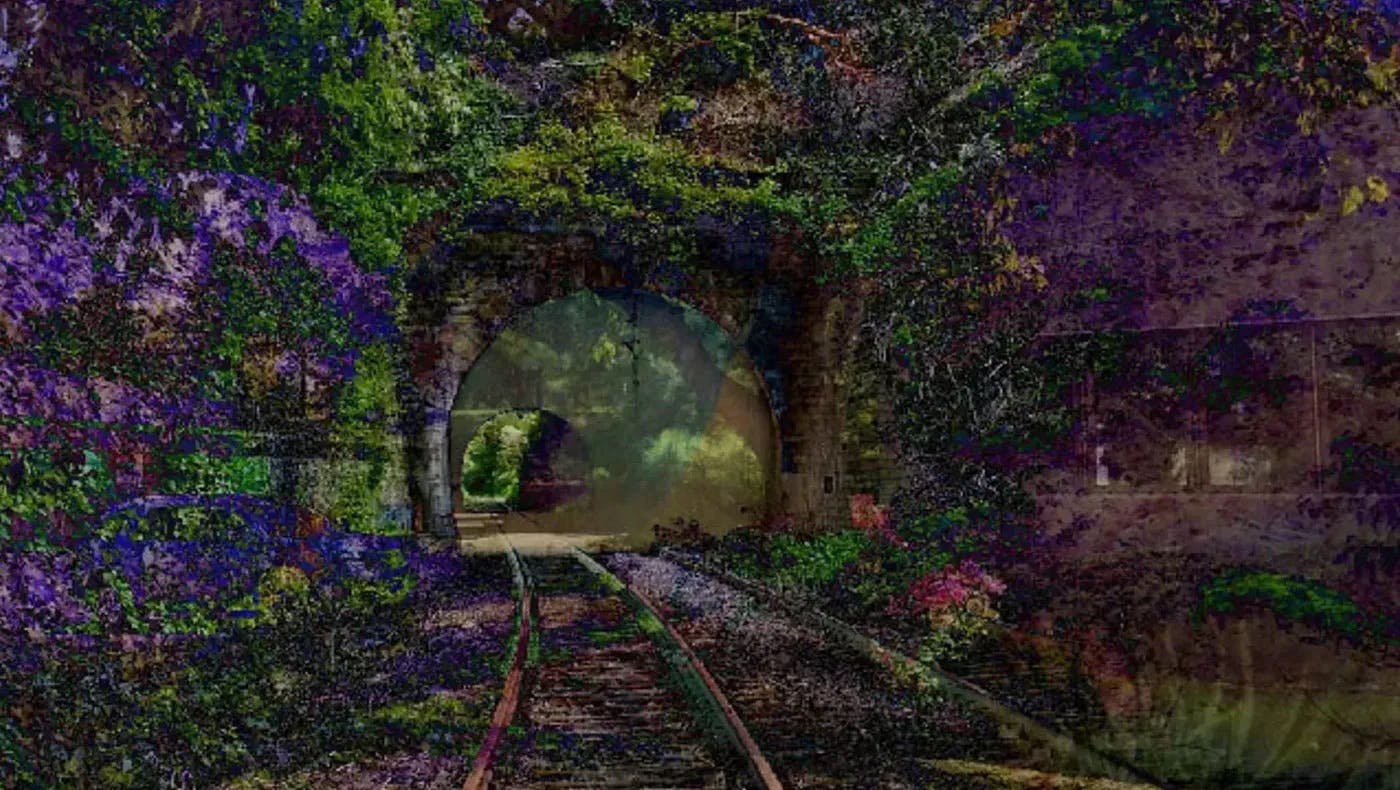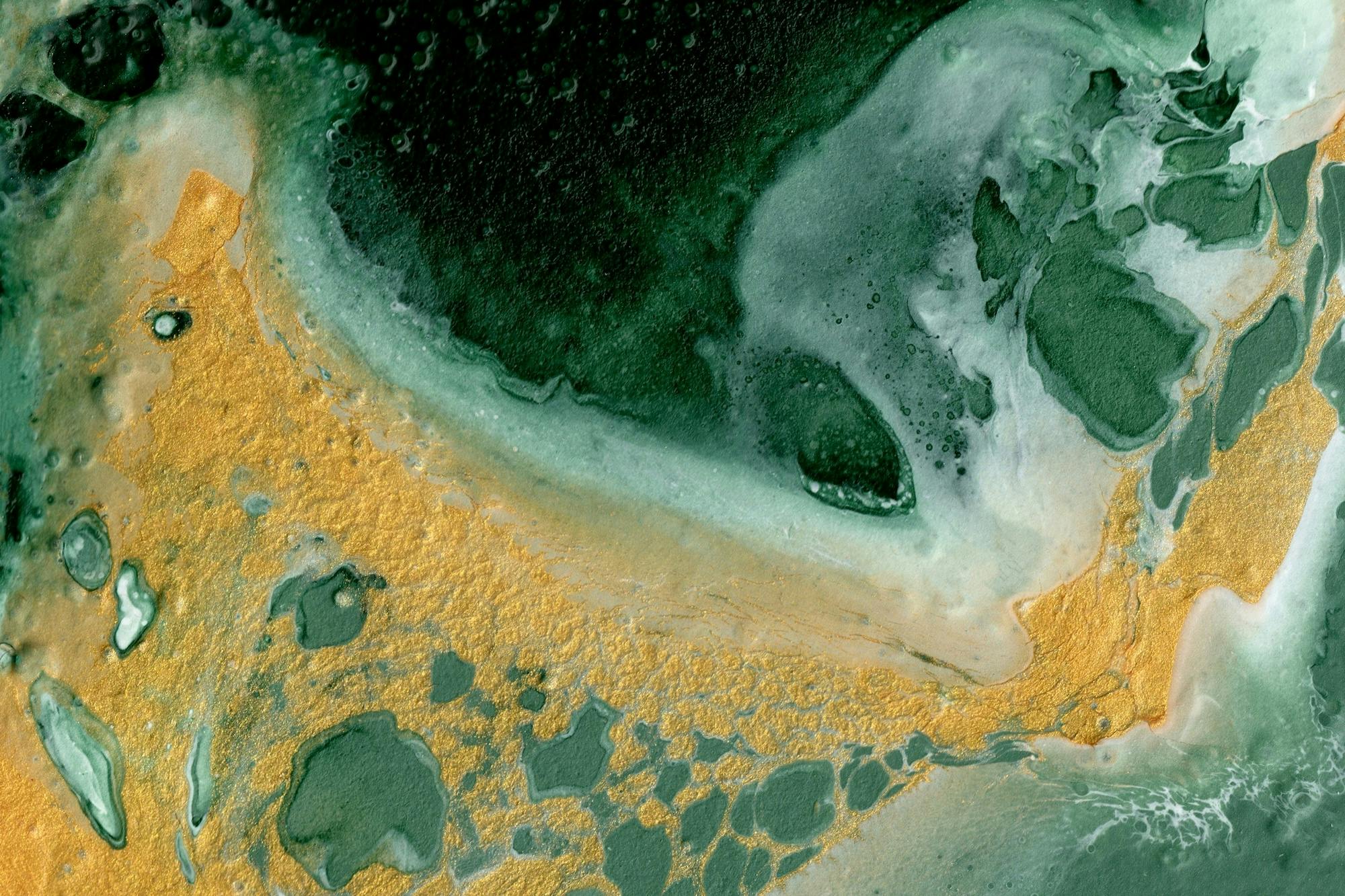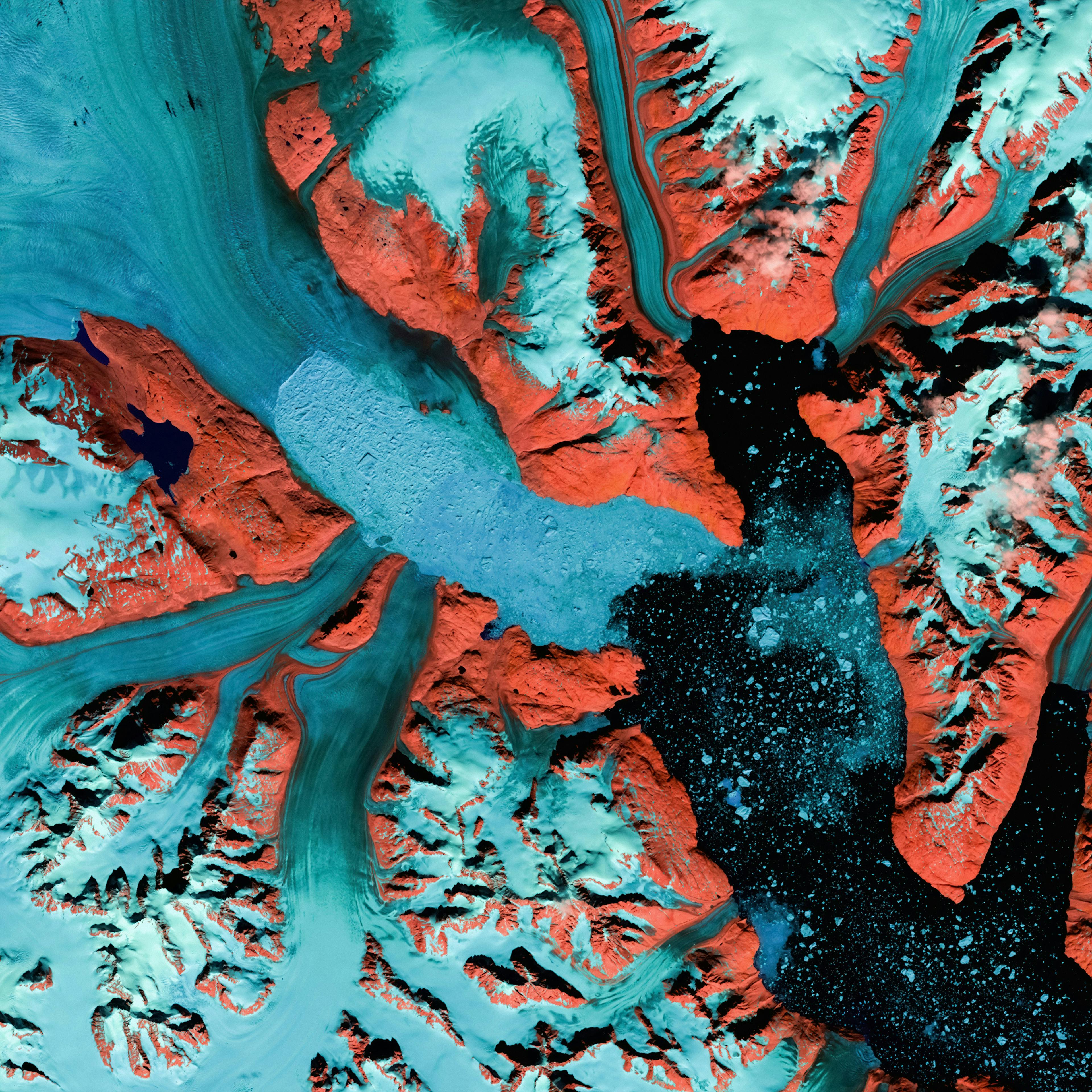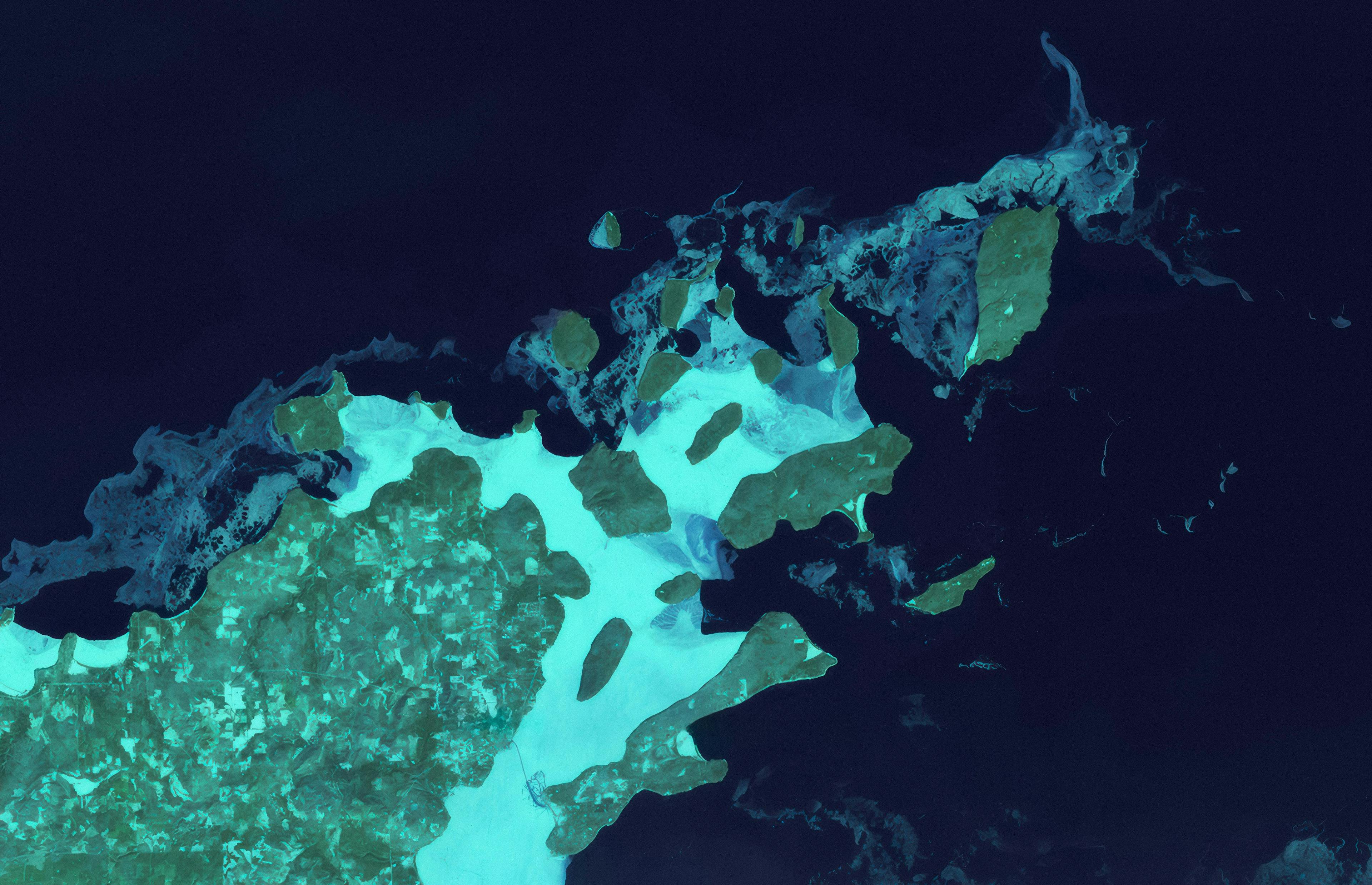
When AI Creates Art: The urgent need legal clarity in copyright law


The controversy
Computer scientist Stephen Thaler argued that the digital painting autonomously created by his AI system deserved copyright protection. However, the court unanimously rejected this claim, asserting that copyright law requires human authorship. The judges were clear: an AI cannot be an “author” in the legal sense.
The court acknowledged that AI is rapidly producing original work across industries and creative fields. Yet, this does not necessarily mean that these works are eligible for copyright protection. In fact, the current legal framework of copyright law struggles to address this new reality, with many open questions that remain unanswered. Is a work partially generated by AI copyrightable? What if a human provides significant creative direction?
The need for legal clarity
Stephen Thaler’s case is far more than a simple legal dispute — it’s a testament of the existential challenges facing creators in the age of artificial intelligence. By arguing that his “Creativity Machine” autonomously generated “A Recent Entrance to Paradise,” Thaler challenged fundamental assumptions about creativity, ownership, and economic value in a world where machines can already generate art that is indistinguishable from human-created works.
Consider the economic landscape emerging around AI-generated content:
- Visual artists who spent years developing distinctive styles now see those styles rapidly ingested and reproduced by AI models
- Musicians find their entire catalogs used as training data without compensation
- Writers discover their prose becoming fuel for language models that can generate derivative works at unprecedented speeds
The court’s ruling — that human authorship remains a prerequisite for copyright — creates a precarious economic environment, suggesting that the value of creative work lies not in the output, but in the human hand guiding the process of creation.
Without a clear legal framework, artists may become reluctant to engage with AI technologies, creative professionals might view AI as an existential threat rather than a collaborative tool, and smaller creators could be systematically disadvantaged, unable to compete with well-resourced AI platforms.
The Thaler case is not just about whether an AI can be an “author” in the legal sense. It is about reimagining the entire ecosystem of creative production in the age of artificial intelligence, while establishing a precedent for how we value creative labor in an era of machine learning.
Why we need AI Rights Management
Paradoxically, the solution isn’t to resist AI but to create economic models that properly reward human creativity. The Thaler case illuminates a broader challenge: how do we create economic sustainability for creators in an AI-driven world? The current copyright framework, designed for a pre-digital era, simply cannot accommodate the complexity of AI-generated content.
AI Rights Management (AI-RM) transforms this challenge into an opportunity. Instead of seeing AI as a threat, we could view it as a new collaborative ecosystem where human creativity is systematically valued and rewarded.
Specifically, with AI-RM, we can create new economic frameworks where artists can license their style or previous works for AI training, and receive micro-payments when their work contributes to AI-generated content.
AI-RM to enable us to:
- Clarify Ownership: Establishing clear attribution mechanisms and guidelines for who owns AI-generated content
- Protect Creators: Creating transparent compensation models to ensure that artists and original content creators are fairly compensated
- Enable Innovation: Creating a system that allows technological progress without undermining creative rights, by recognizing the nuanced contributions of both human creators and AI systems
Ultimately, by establishing clear economic frameworks, we don’t just protect existing creators — we incentivize future innovation. Creators will be more likely to experiment with AI tools if they understand how their intellectual contributions will be recognized and compensated.
The alternative — a legal and economic Wild West where creators feel exploited — risks stifling the very creativity that makes technological innovation meaningful.
What Next?
The current ruling creates what Thaler’s lawyer called “a huge shadow on the creative community” by leaving critical questions unanswered. Thaler thus plans to appeal, potentially taking the case to the Supreme Court. This suggests the legal community recognizes the profound implications of this debate.
As AI continues to transform creative industries, one thing becomes clear: we need a new paradigm for understanding ownership, creativity, and managing rights in the age of artificial intelligence. As copyright law cannot cope with the pace of technological innovation, there is an urgent need for a more nuanced approach that:
- Recognizes the collaborative nature of AI creation
- Provides clear guidelines for copyright
- Ensures fair compensation for human creators
- Enables continued technological innovation
AI Rights Management represents our best hope for navigating these complex waters. The challenge is not about choosing between human creativity and AI capabilities, but about creating a framework where both can thrive.



